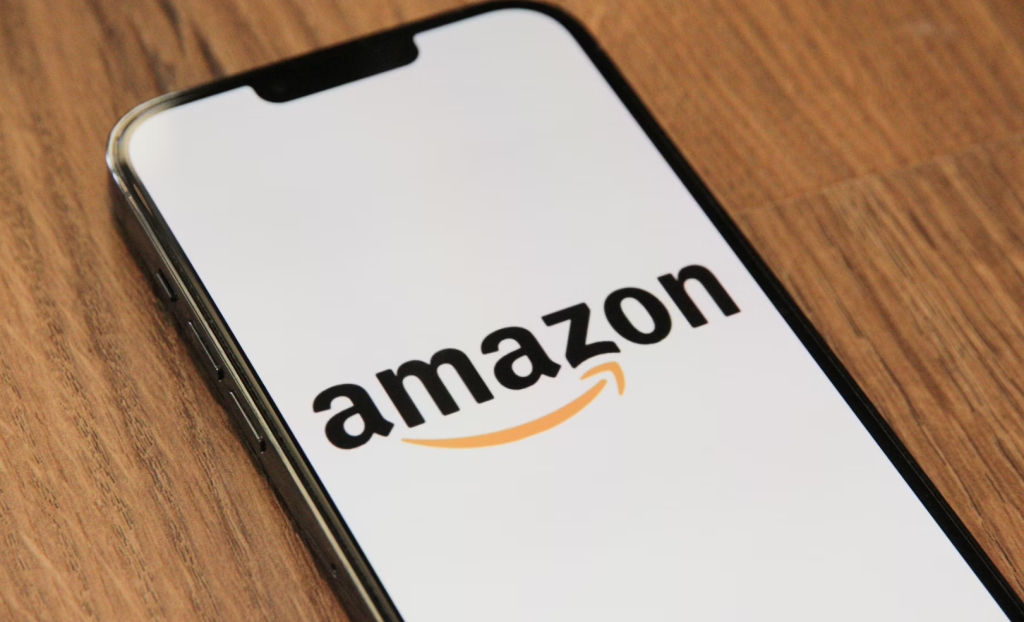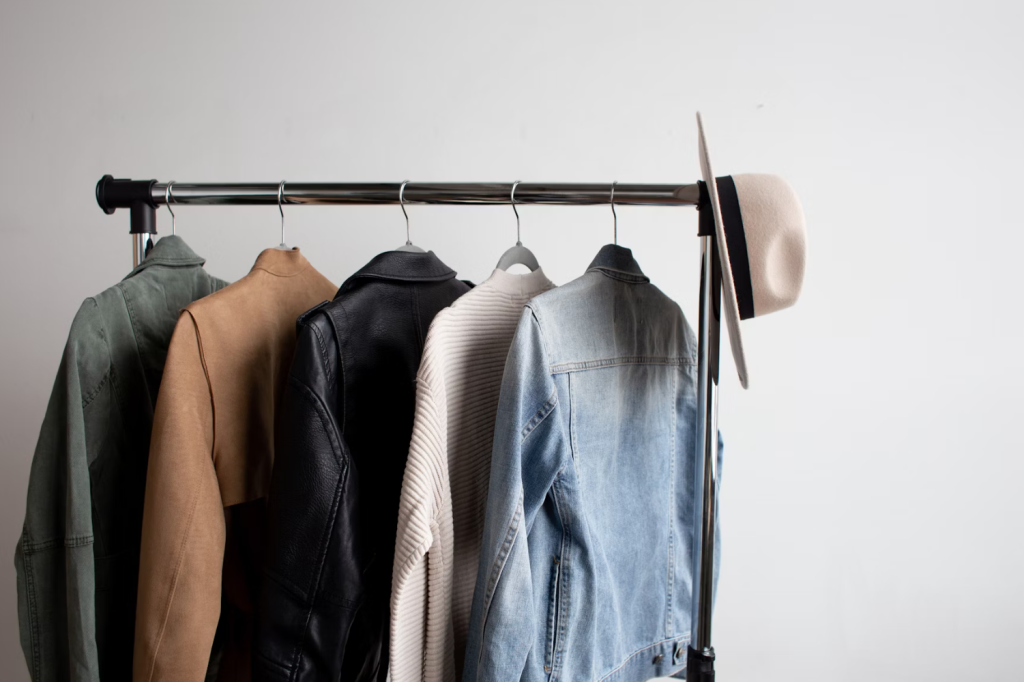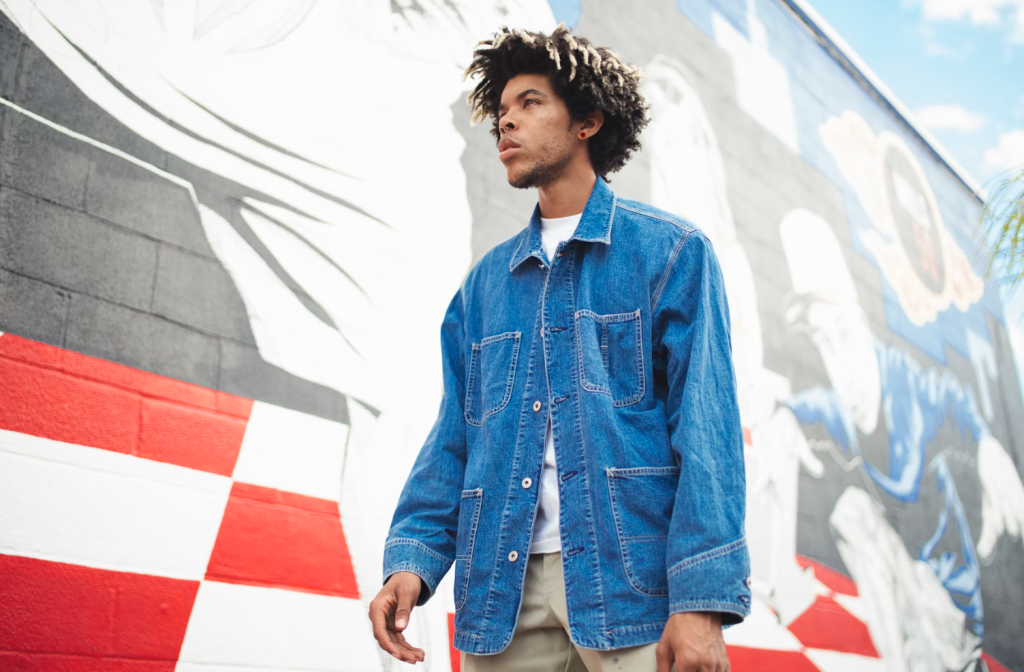Have you ever wondered if luxury store employees treat you differently based on what you’re wearing? I certainly did. So, I decided to run a little social experiment: walk into a high-end luxury store wearing nothing but a $7 Amazon jacket. The goal wasn’t to stir trouble—it was to see if style, or more specifically perceived wealth, truly dictates respect in luxury shopping environments. Spoiler: the results were eye-opening.
Clothing has always been more than just fabric stitched together. It’s a language, a silent conversation that tells others about your lifestyle, taste, and sometimes, your financial standing. Luxury brands thrive on this concept, creating garments that double as status symbols.
Studies show that humans form impressions in less than seven seconds. A jacket, a handbag, or even shoes can subconsciously sway someone’s perception. In a luxury setting, where every detail is polished, walking in with a bargain-bin jacket is like showing up at a gala in flip-flops—people notice.
I specifically chose a jacket from Amazon that cost less than a fast-food meal. It wasn’t stylish or trendy; it was the kind of jacket you’d throw on for errands or yard work. Its plain design made it the perfect contrast against a sea of silk scarves and tailored blazers.
Before stepping foot in the store, I prepared myself for stares, dismissive attitudes, or even being ignored. After all, luxury stores often cater to clients who look like they belong.
As soon as I walked in, the air changed. Luxury stores are known for their crisp, minimalist spaces, and my jacket felt like it clashed with the marble floors. Employees glanced up briefly. Some smiled politely, but others had a flicker of hesitation in their eyes.
Yes, but not dramatically. The jacket wasn’t flashy enough to scream “cheap,” but it also didn’t blend in. It was the kind of thing that made staff question, Is this person here to shop, or just browse?
I was greeted, but not warmly. It was a rehearsed, almost mechanical “hello,” the type given out of obligation rather than genuine hospitality. Contrast this with times I’ve visited the same store dressed in business casual, where greetings felt more enthusiastic.
The difference wasn’t overt, but noticeable. For instance, I wasn’t immediately asked if I needed help. Employees stayed at a polite distance, monitoring me but not engaging. When I eventually asked about a handbag, the response was informative but minimal—almost as if they weren’t sure if I was a “serious customer.”
In previous visits dressed up, associates often hovered nearby, offering recommendations or highlighting new collections. This time, it was as though I was invisible until I made the first move.

Luxury stores may not have a literal dress code, but they definitely have an unspoken one. Dress polished, and you’re seen as a potential buyer. Dress down, and you risk being perceived as someone “just looking.”
This experience proved that status symbols—like designer coats or shoes—carry more weight than individuality in luxury spaces. While personal style should matter most, the reality is that perceived wealth often dictates service quality.
In a way, yes. Employees are trained to spot potential buyers, and unfortunately, appearance is the fastest filter. But money isn’t always worn on your sleeve; some of the wealthiest shoppers prefer blending in. That’s where this system fails.
Interestingly, when I carried myself confidently—walking tall, making eye contact—the interactions improved. It was as if my body language compensated for the jacket’s lack of prestige. Confidence, it seems, can be its own luxury accessory.

This experiment reinforced the need to break free from fashion stereotypes. A jacket, whether $7 or $7,000, doesn’t define character, taste, or purchasing power. Yet society often acts as though it does.
The rise of fast and affordable fashion, like Amazon finds, has changed the way people shop. Many consumers mix budget-friendly pieces with luxury staples, blurring the once-clear line between high-end and low-cost style.
In the end, wearing a $7 Amazon jacket to a luxury store wasn’t just about testing employee reactions—it was about understanding how society equates clothing with value. The truth? Service was polite but subdued, suggesting that appearances do play a role. But it also highlighted something empowering: confidence and presence can sometimes outweigh what you wear. The jacket didn’t just test perceptions; it revealed them.
1. Do luxury stores really judge customers based on clothing?
Yes, appearance often plays a role, though some associates are trained to look past it.
2. Would reactions differ in different cities or countries?
Absolutely. Cultural attitudes toward wealth and fashion vary widely.
3. Is it possible to get excellent service in a luxury store while dressed casually?
Yes, especially if you carry yourself with confidence and show genuine interest in the products.
4. Do employees receive training to identify “serious buyers”?
Many luxury retailers train staff to assess potential buyers quickly, often based on appearance and behavior.
5. What’s the takeaway for shoppers?
Don’t let clothing hold you back. Confidence and curiosity matter just as much as appearance.

